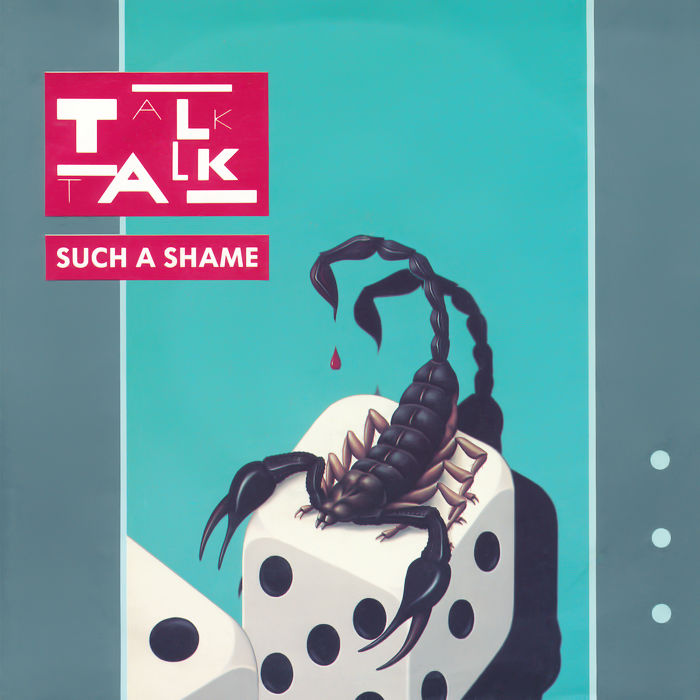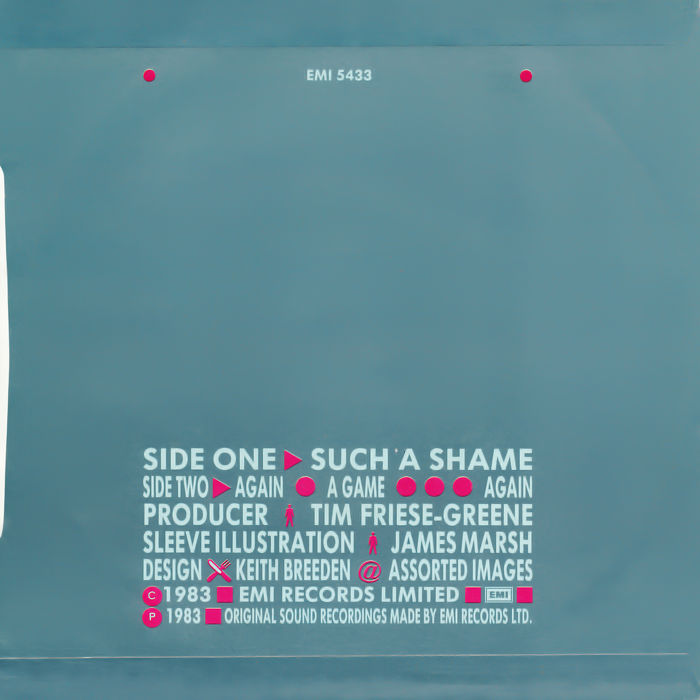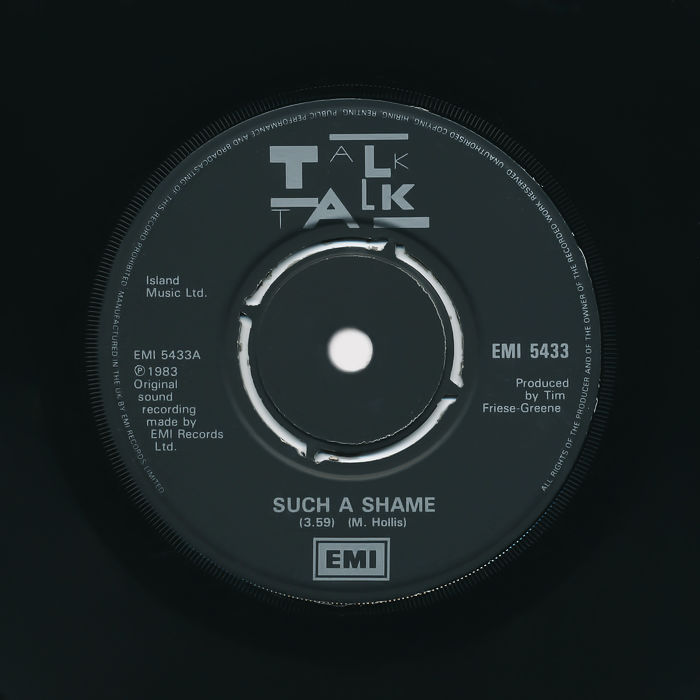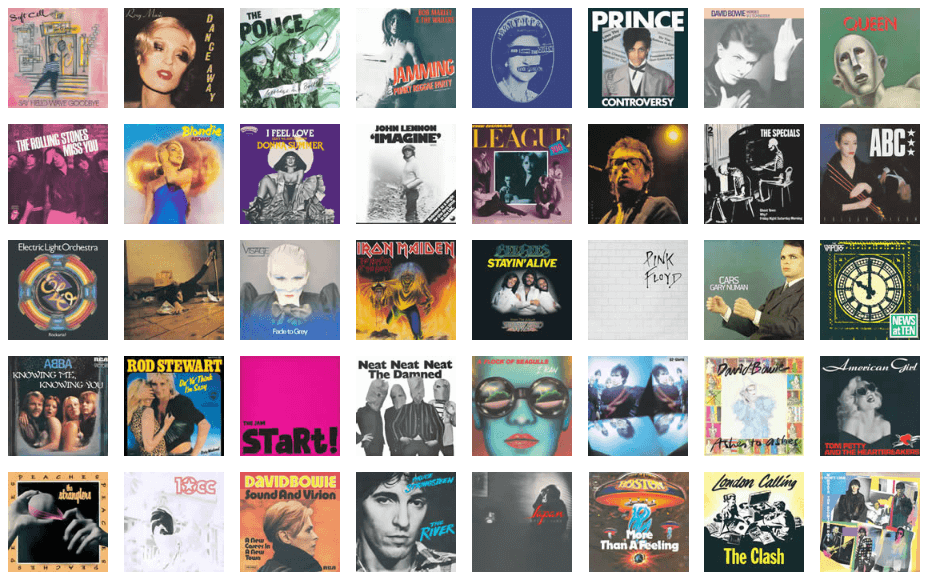The Story Behind The Song
The place: The Mirage, Las Vegas. The date: sometime in the late 1980s. A pompous punter loudly brags about his $100 million fortune, annoying the billionaire and inveterate gambler Kerry Packer seated at a nearby table in the famous casino. Packer summons him over. "Your full net worth," he says coolly, taking a dime from his pocket. "I'll flip you for it."
Imagine making life-changing decisions on a flip of a coin or a roll of the dice. Luke Reinhart did in his bestselling novel Dice Man, published in 1971. After a party, a bored psychotherapist decides that if a die shows a one, he will become a rapist. It does, and he decides to rape his neighbour there and then. As luck would have it, the neighbour was keen for a sexual liaison, but our protagonist chooses to enliven his humdrum life according to vagaries of chance. He continually lists different options, typically depraved or dangerous acts, assigns them numbers, and then rolls. He is the Dice Man.
Luke Reinhart (actual name George Cockcroft) was a real-life Dice Man. To overcome his shyness, began using dice (sounds like a drug habit) when he was 16. He later diced with college friends to decide what to do on a Saturday night, and it changed his life. At the end of his shift at a hospital, he threw the dice to decide whether to offer a lift to two nurses. He did, and one of them became his wife. His novel took this idea to the extreme.
As well as getting a cult following, his book inspired Such A Shame, the fifth hit for Talk Talk. Writer and lead singer Chris Hollis commented: "It's a fabulous book, the idea is so appealing … it's about changing personality by throwing a dice… It's ultimately wrong though, definitely immoral!" Once you understand the inspiration behind the track, the meaning of the lyrics is clearer. "The dice decide my fate" is obvious, while "A life on every face" means a different life-changing outcome assigned to each number. But why is it such a shame? Because living life according to the dictates of the dice – "to believe in escape" – will affect friendships and relationships: "Maybe it's unkind if I should change A feeling that we share It's a shame".
The lines "Number me with rage… Number me in haste… This eagerness to change" in the chorus mean that his persona will change depending on the dice. Yet other lines remain cryptic, such as "Until I'm finally left with an eight" (presumably after throwing two dice). Eight is an auspicious number in numerology but any interpretation seems to be invited. This may be intentional because Hollis explained that he had written ten times as many lyrics as he needed and thrown a die to decide which ones were included. So "eight" might have been randomly chosen. What is certain is that, in writing the lyrics, he had taken the ethos of the book to heart.
This was also true for the video, directed by Tim Pope, which is one of the most underrated of the 1980s. It is steeped in symbolism representing numbers one to six. A graphical dice spins on screen and the number displayed matches the number of the group members in shot. Hollis' performance is simply mesmerising, performing six characters, each with a variation in clothing. These include Mr Happy, Mr Angry, Mr Serious and Mr Shy. When he sings "Number me in rage" in the guise of Mr Happy, for example, the juxtaposition of his jovial face and the angry lyric is total. The strong symbolism continues in the visuals. A shot of a pillar box and two telephone kiosks in a line represents number three, a pair of chimneys symbolises number two, and so on.
"The video followed the premise of the book," Hollis explained in a TV interview. "We wanted to sum it up in four minutes." And when it came to the editing, dice were thrown to decide which of Hollis' six characters sang which line. It is rare to see such depth of thought in a promotional video, especially one that is visually simple.
This is also true of the cover. A scorpion stands on a die, its stinger raised, dripping with blood. Symbolically, a scorpion is associated with transformation, danger and death, themes of the book. One psychologist even sees the scorpion as a metaphor for the vicious and impulsive personality of a psychopath. Indeed, this is consistemt with the fable of the scorpion and the frog, in which a scorpion stings the frog that is kindly taking it across the river, killing them both, because the scorpion could not resist it. If we read "rage" for vicious and "haste" for impulsive, we are back to the chorus.
Of course, a song is also about the music and the synth-phony of Such A Shame is truly astounding. It has the power of analogue synthesisers characteristic of Gary Numan but with the richness of instrumentation bequeathed by the digital revolution. The intro has a menagerie of sound – that is the only way to describe it. You hear elephantine trumpeting of synth brass and other effects that could have been sampled from a virtual natural world. This is synth pop at its apogee.
Finally, we cannot end this article without returning to The Mirage in Las Vegas. Perhaps you won't be surprised to learn that the loudmouth punter declined Kerry Packer's outrageous wager, and walked away sheepishly. Such a shame.
We hereby instate Such A Shame by Talk Talk on The Wall as No.2 Best Single of 1984
The song and the album It's My Life, from which it is taken, must rank as among the finest exemplars of synth pop.Ant B




